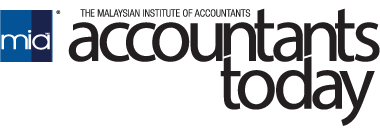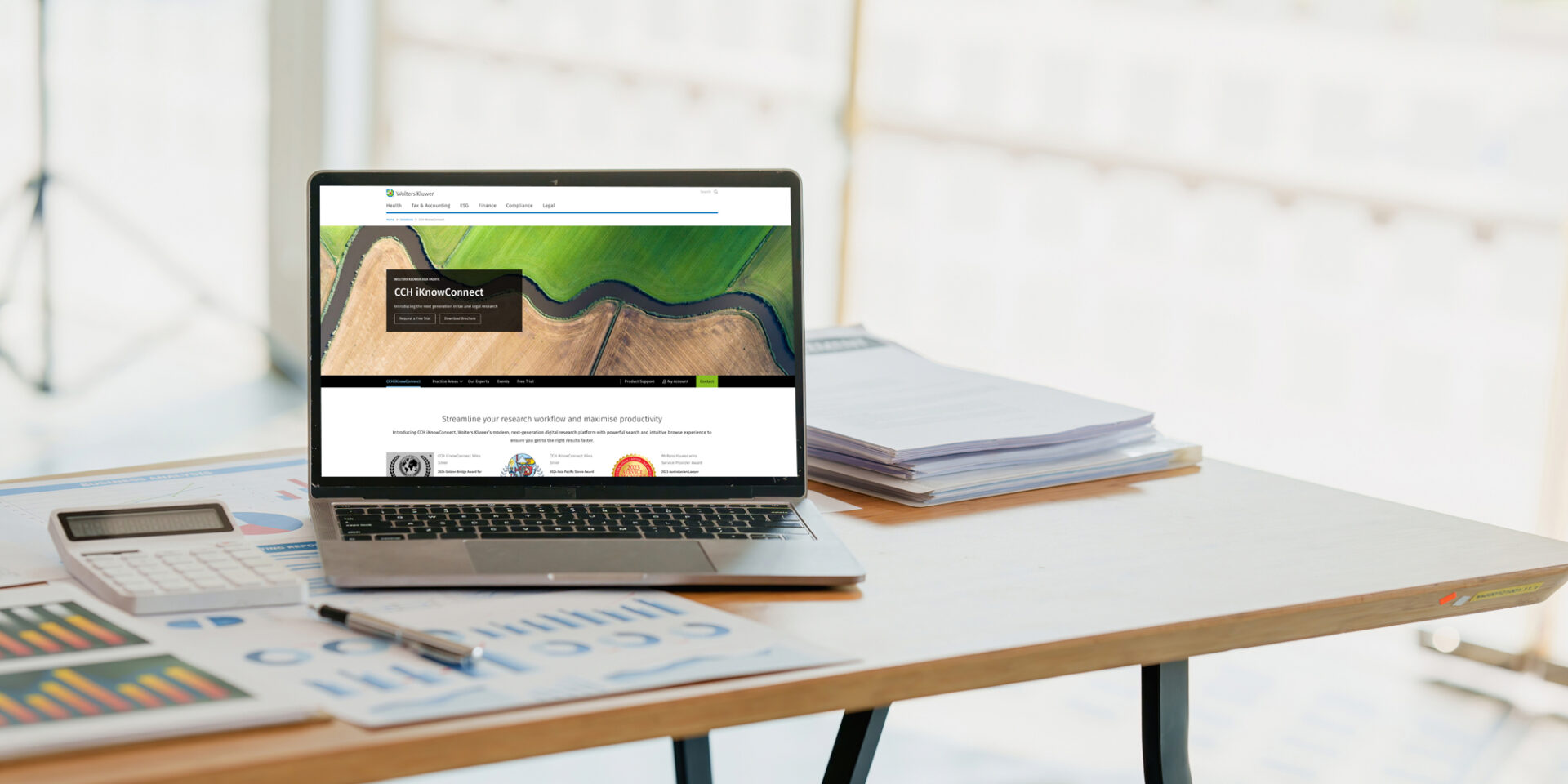By Wolters Kluwer
Audit practice reviews are an essential part of maintaining audit quality and ensuring adherence to professional standards and regulations. In Malaysia, the Malaysian Institute of Accountants (MIA) Practice Review Committee oversees surveillance activities on audit firms to ensure compliance with International Standards on Auditing (ISAs) and other requirements. In this article and downloadable guide, we will explore five ways audit firms can use digital technologies to enhance their audit reviews and improve overall audit quality.
Streamline final assembly of audit files
One common challenge auditors face is the final assembly of audit files, which can be particularly problematic when documents are not centralised, are scattered across various locations, or are in different formats. This decentralised filing often leads to difficulties in locating and organising workpapers, resulting in time-consuming corrections and potential delays in the audit finalisation process. Adopting a full paperless audit software, such as CCH® ProSystem fx® Engagement, can address this challenge. This software allows for the creation and maintenance of electronic working papers and audit files, eliminating the need for physical documents. It also provides archival features to lock the final audit file, ensuring its integrity. By streamlining the process, audit firms can ensure that their documentation is properly maintained and easily accessible for future reviews, while also strengthening internal controls and compliance processes.
Thorough documentation
Insufficient and inappropriate documentation is a recurring audit finding¹ that can raise questions about the validity of the audit process. To address this challenge, audit firms can utilise software that embeds the Malaysian Institute of Certified Public Accountants or MICPA audit guide and illustrative audit work papers. These templates come equipped with the required audit programmes and checklists, ensuring auditors capture all necessary supporting documents for each audit procedure. By standardising documentation practices, firms can improve the quality and completeness of their audit documentation.

Cross-reference to other audit working papers
A lack of cross-references to planning checklists and inadequate interpretation of preliminary analytical review results² is another key challenge. Audit software allows for a more comprehensive analytical process by enhancing audit documentation directly within working papers. Auditors can insert cross-references, ensuring that all relevant information is connected and accessible, thereby improving the overall quality of the audit documentation.
Remove bias in audit sampling
Traditional audit methodologies often rely on manual, judgement-based sample selection, which can introduce potential bias and inconsistency. Audit firms can address this challenge by leveraging excel-based audit data analytics tools like Teammate Analytics. This tool enables a data-driven approach to sample selection. By using statistical sampling methods, such as Monetary Unit Sampling (MUS), Stratified Sampling, and Attribute Sampling, auditors can eliminate bias and improve the integrity of the audit process.
Invest in the planning and risk assessment process
Continuous updates in accounting and auditing standards, alongside changes in client business operations, add complexity to the audit process. Comprehensive audit planning and rigorous risk assessment processes are essential for effective audits. Leveraging digital knowledge solutions like CCH® iKnowConnect and CCH® ProSystem fx® Knowledge Coach can enable auditors to document their audit planning process and research for every step of the audit, making the audit more efficient and accurate.
By implementing these five strategies and leveraging digital technologies, audit firms can enhance their audit practice reviews. Improving audit quality and meeting regulatory requirements ultimately supports effective regulation of the accountancy profession and protects the public interest.
Download the full guide: “Five-step guide to improving your audit practice reviews”.
¹ The Audit Profession in Malaysia 2018 page 41
² Source: The Audit Profession in Malaysia 2018 page 53







